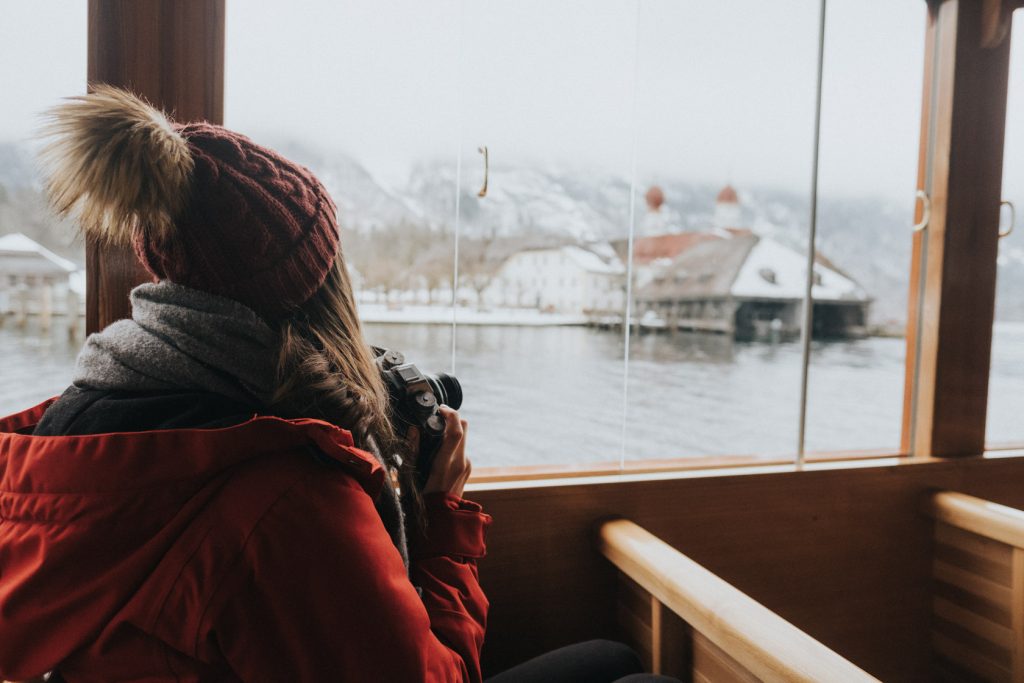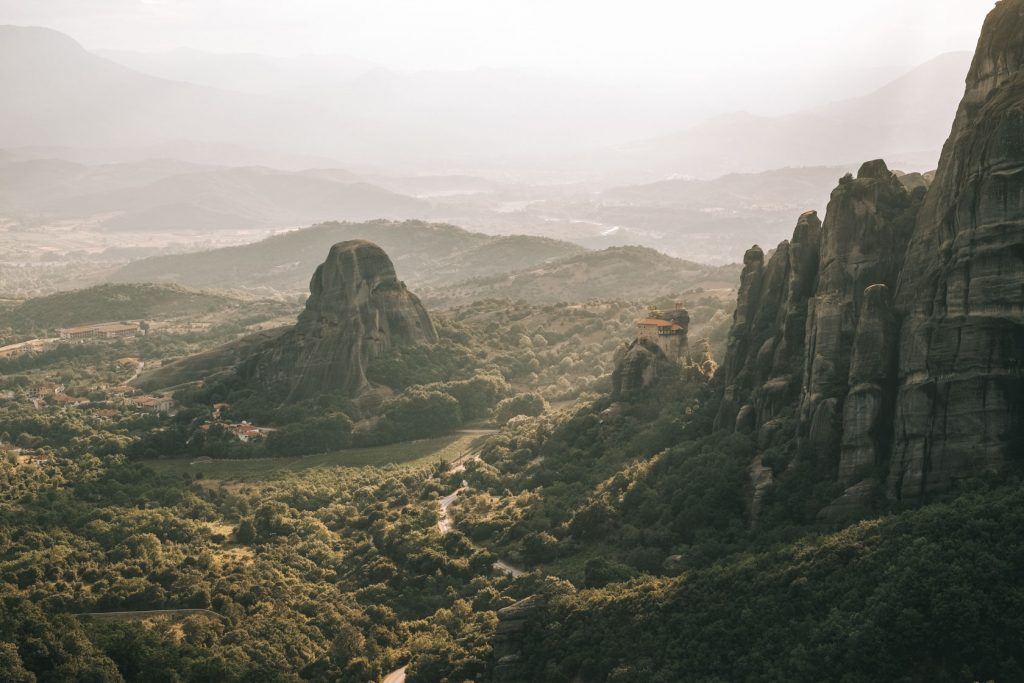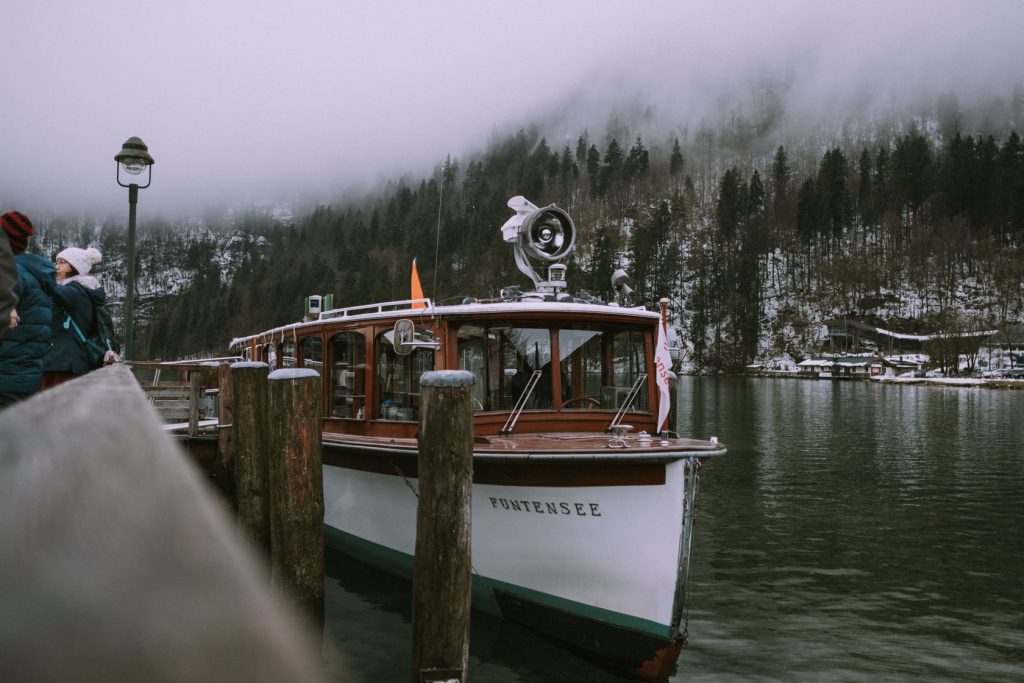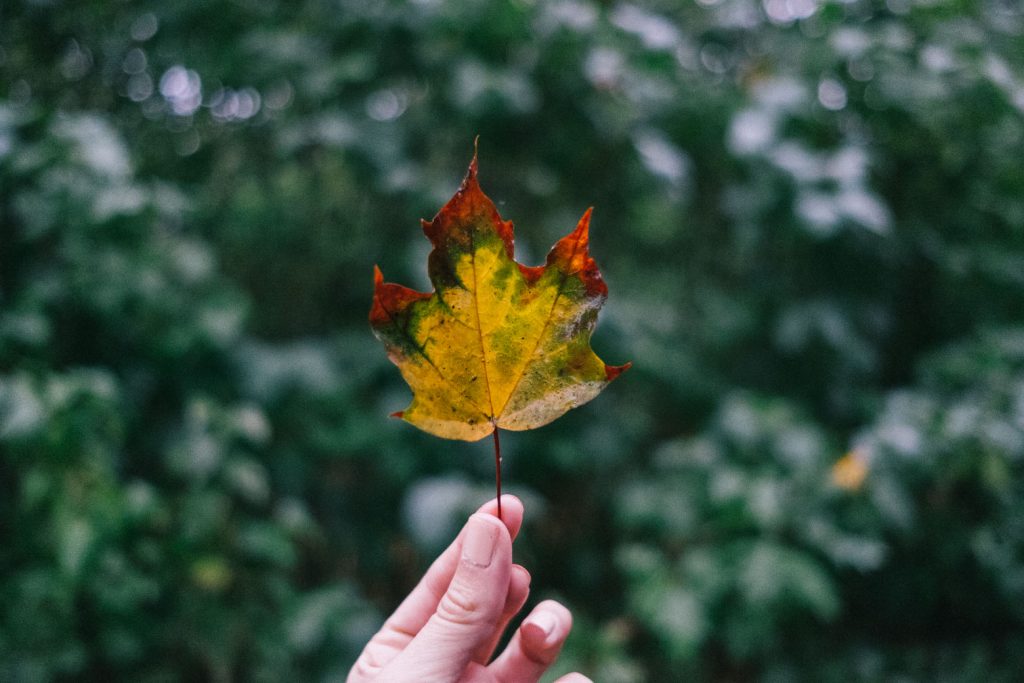If you’re new to the Fuji X Series lens system, there’s a good chance you’re grappling with a decision between Fuji’s 23mm and 35mm lens offerings.
After all, these two focal lengths are incredibly versatile.
Plus, Fujifilm is known for its stunning prime lenses, so every Fuji photographer should have at least one in their photography kit.
But it might not be obvious from reading most reviews the actual difference between those the 23mm and 35mm focal lengths and how they affect the types of photos you’ll be able to capture.
That’s why I’m here to help. This article summarizes the key features of each lenses and example scenarios you’ll want to use them in.
Plus, I’ll explain some of the terminology that can help you decipher the names of the lenses in Fuji’s X Series (LM, OIS, R, WR, say what?) so you can more easily assess lenses in the future.
In this Fujifilm lens review, I’ll cover:
- Summary: Why and when to pick which Fuji 23mm vs 35mm lens
- 23mm vs 35mm: Which focal length is better and when?
- 23mm f1.4 vs 35mm f1.4: Which of Fuji’s fast prime lenses is better?
- 23mm f2 vs 35mm f2: Which of Fuji’s weather-resistant prime lenses is better?
- Verdict: Which lens would I pick in your situation?

Summary: Fuji 23mm vs 35mm lens
These are all the lenses we’re going to be looking at today. If you already know the exact use case you’re going for, this should be a helpful comparison.
| Lens | Description | Price |
| Fujinon XF 35mm f1.4 R | Special features: Beautiful bokeh, image quality, classic look Best for: General purpose, portraits, low-light | $$ Check price |
| Fujinon XF 35mm f2 WR | Special features: Weather-resistant, compact, bokeh, classic look Best for: General purpose, budget-friendly | $ Check price |
| Fujinon XF 23mm f1.4 R | Special features: Versatile wide-angle, great bokeh, image quality Best for: Portraits, low light, general purpose | $$$ Check price |
| Fujinon XF 23mm f2 R | Special features: Lightweight, low-profile, weather-resistant Best for: General purpose, street photography, travel | $$ Check price |
23mm vs 35mm: Which focal length is better and when?
As with all things in life, “it depends”. There is no one perfect focal length (after all, if that were the case, how would digital camera companies make any money?).
But there are certainly scenarios where one focal length will serve you better.
I’ve traveled and taken photos extensively with both 23mm and 35mm lenses, so here are the benefits and drawbacks of each focal length based on my experience.

Pros of the 23mm focal length:
- It’s a bit wider. This means you can fit more in, such as buildings or street photography scenes when you travel. It can also be used for landscapes in a pinch.
- More in focus at f2 or f1.4. Since you’re closer to your subject with a 23mm lens to achieve the same framing, you’ll get more in focus at wider apertures.
Cons of the 23mm focal length:
- Bokeh / blurry background can be limited. Sometimes you just don’t have enough distance between your subject and the background with a 23mm lens to get that bokeh effect.
- You need to get closer to your subject. As with every wide-angle lens, you usually need to get closer to get the framing that you want.

Pros of the 35mm focal length:
- Has a more cinematic look. There’s something about the distance between you and the subject when using a 35mm lens that makes it look like you’re using a film.
- Lends itself better to bokeh. That additional distance helps create the separation needed for some really beautiful bokeh (“blurry background”).
- Flattering for portraits. Again, the distance helps you avoid being super close to someone’s face and therefore exaggerating parts of their face (such as their nose).
Cons of the 35mm focal length:
- Hard to “fit everything in” sometimes. As you can see from the photo above, it’s a bit cramped to fit the entire parliament building in. Sometimes it’s not possible to back up to fit more in, so you have to live with t
23mm f1.4 vs 35mm f1.4: Which of Fuji’s fast primes is better?
The reality is, both of these lenses will give you stunning, sharp photos with great bokeh. The real question is whether you are looking for something that is also a wide angle lens or not, and your budget. The 23mm f1.4 is definitely in the upper price range when it comes to Fuji lenses.
Personally, the Fujinon XF 35mm f1.4 R was my first lens for my Fujifilm kit and I spent years with it before adding a second one.
Did I capture everything I’d have wanted? Probably not. I didn’t start out knowing how to combine photos in Lightroom so I missed out on some shots a wide-angle lens like the 23mm would’ve been better for.


Its autofocus isn’t the fastest, but it’s more than good enough when paired with any of the newer Fuji cameras (including the X-T2 and later).
If you’re leaning towards the 35mm f1.4, it’s a gorgeous lens. No one will debate you on that.
I get questions about this lens on Instagram every single week, where people are asking if it’s still my favorite (Spoiler: Yes, it still is).
Click here to check its current price or read my in-depth review of the 35mm f1.4 lens.
The only reason I wouldn’t recommend this lens is if you are very concerned about weather resistance. In which case, either the Fuji 23mm f2 or the Fuji 35mm f2 will be a better fit for you.
Here’s a comparison between those two.
23mm f2 vs 35mm f2: Which of Fuji’s weather resistant primes is better?
When it comes to these two lenses, the main differentiator is really the focal length.
As we talked about before, a photo taken with a 23mm lens is going to look different than one taken with a 35mm, especially at wider apertures. You will end up with a more shallow depth-of-field (meaning, a more blurry background) shooting at wide apertures with the 35mm than the 23mm.
So if you really want more bokeh, but in a weather resistant lens, choose the 35mm.
But if you’re going to be shooting video, you will want to stick to the Fuji 23mm f2 because of its superior and silent autofocus. Otherwise, the photos with both are beautiful.
The great thing about this combination is that you can’t really go wrong. My personal kit contains the Fuji 35mm 1.4 + Fuji 23mm f2 (while I try or rent a lot of lenses, I only buy ones I see myself traveling with regularly).
The great thing about this kit is that you’ve got one for beautiful bokeh, and one that is flexible enough for video and wider shots.
Here are a few sample photos with the Fuji 23mm f2 from my travels.



Click here to check the current price of the Fuji 23mm f2, or read my detailed review.
Conclusion: Which lens is best for which situations?
Each of these lenses by Fuji are great, and are widely considered excellent by the Fujifilm photography community at large.
But of course, they’re all different (that’s why Fuji makes them). So to narrow it down, here are the deciding factors to consider:
- Do you have a big budget, and you want a wide angle lens with beautiful bokeh, and you don’t care about weather-resistance or weight? Get the 23mm f1.4.
- Are you on a mid-level budget, and you want superior image quality, sharpness, bokeh, and you don’t care about weather-resistance? Get the 35mm f1.4.
- Are you on a mid-level budget, and you want better autofocus performance, a bit less bokeh, and weather-resistance is important to you? Get the 35mm f2.
- Are on a mid-level budget, and you want excellent autofocus performance, don’t need a ton of bokeh, and you want something wide-angle and versatile? Get the 23mm f2.
Those are the main factors that will help you decide which lens is right for you.
Ultimately – no lens is perfect. No lens has everything you could ever want. There are always sacrifices — if it’s not image quality, it’s weight. If it’s not weight, it’s flexibility. Tradeoffs abound!
The reality is, each of these lenses are a great way to get into the Fuji system and start creating beautiful photos.
Where to buy Fuji lenses
Personally, I buy all my lenses new on Amazon. If you found this guide useful, you can use any of the links in this article and I’ll get a small commission at no cost to you. Thanks!
- Check price of the 35mm f1.4 on Amazon
- Check price of the 35mm f2 on Amazon
- Check price of the 23mm f1.4 on Amazon
- Check price fo the 23mm f2 on Amazon
Did you enjoy this post? Let’s keep in touch.
Follow our brand new Facebook page at Fun With Fuji, and subscribe below to get the latest Fuji deals and news in your inbox.




